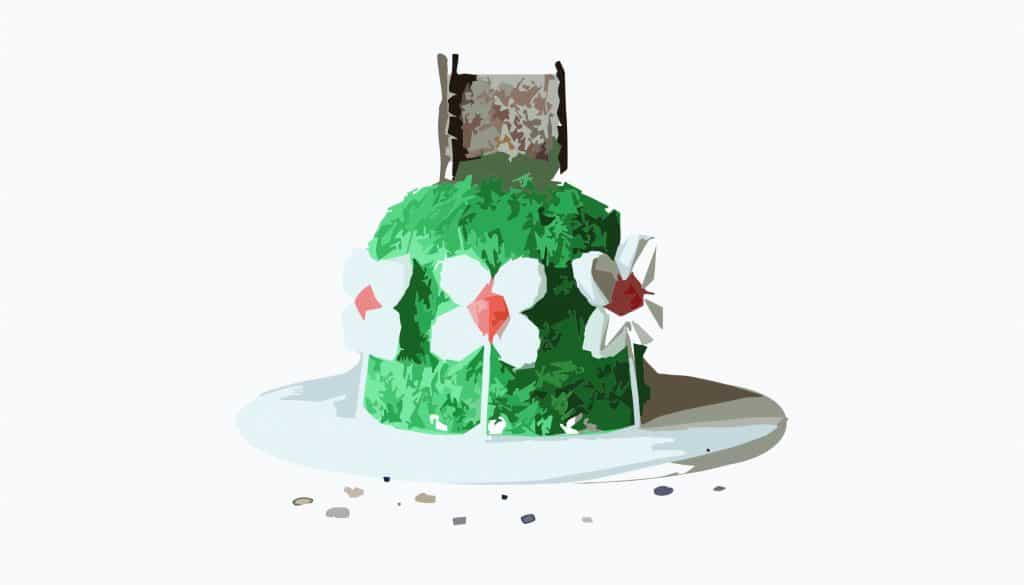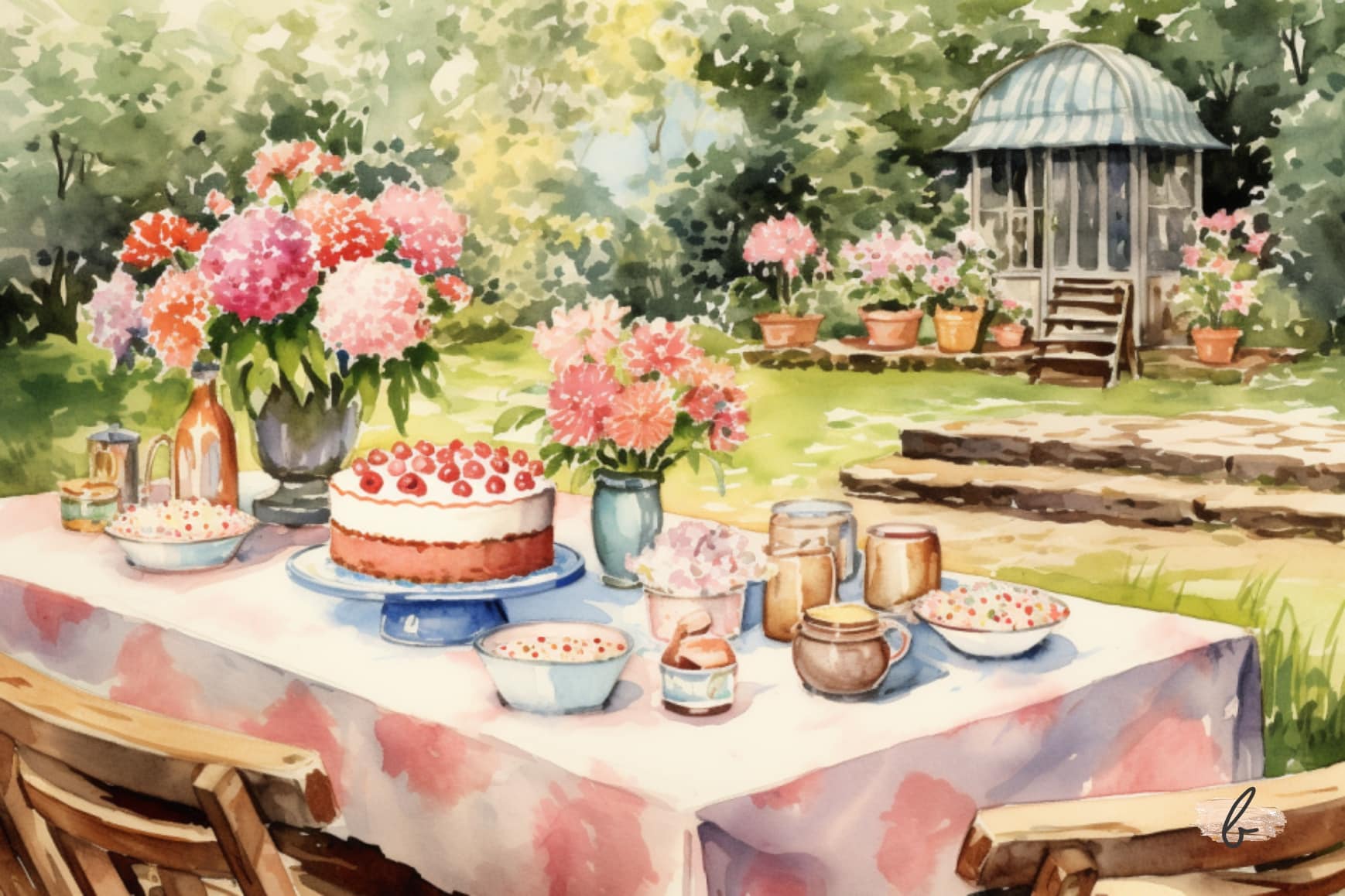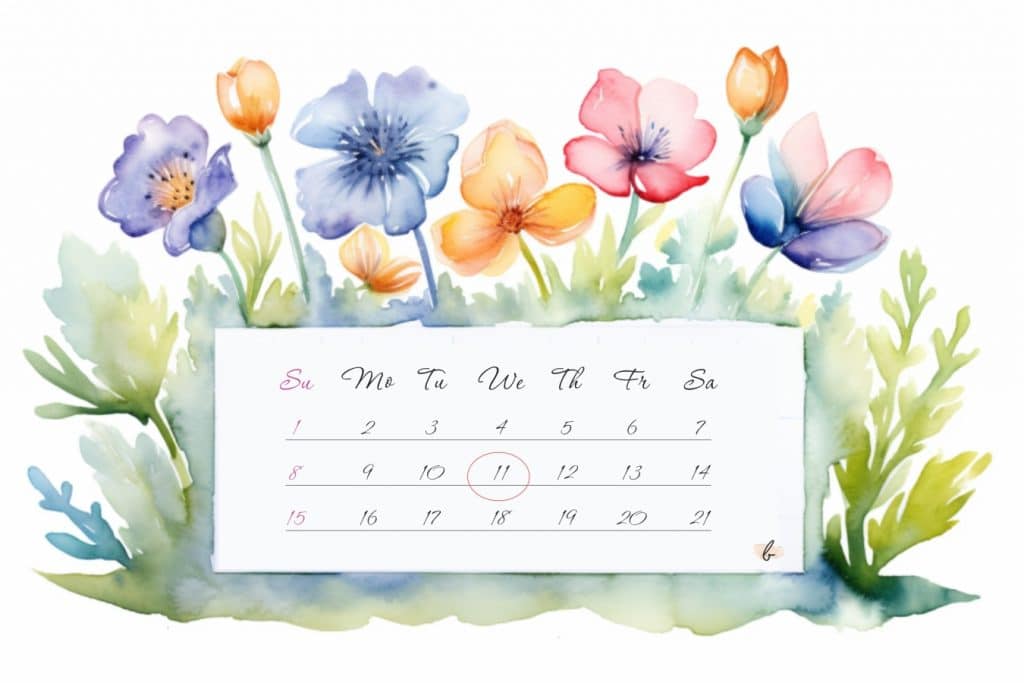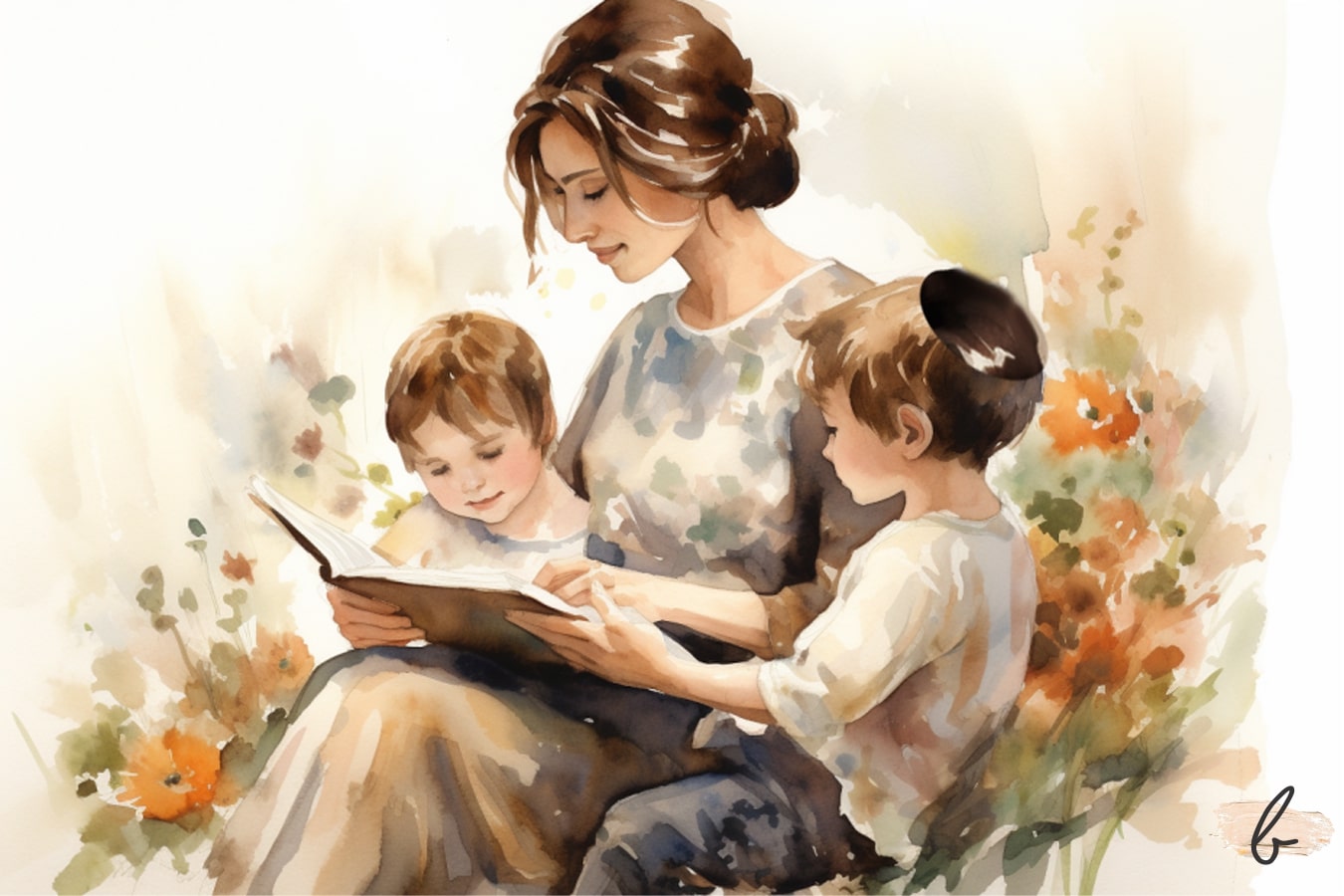We can go beyond the menus and dairy desserts and tap into the beauty of kabalas haTorah for ourselves and our families.
Like every Yom Tov we are blessed to celebrate, Shavuos is saturated with kedushah and with meaning. More though, it is a celebration of our very foundation. At kabbalah Hatorah, we became the special nation that we are today; we accepted and embraced the ol hatorah that transformed us into a mamleches kohanim and goy kadosh.
And of course, like every Yom Tov, we get swept up into the preparations and it is so easy to lose focus of the meaning of the chag when we are busy cooking, cleaning and designing our floral tablescapes.
We want our children to grow up in a home where Shavuos is more than just whether we serve tiramisu or creme brulee for dessert, more than just about who can stay up later than the other in shul. We want them to live and breathe and truly feel ahavas HaTorah, the pride and joy in who we are and what we have. We want Shavuos to be a day where that awareness and that reality becomes absorbed in their very bones. It’s hard to focus on all that when we realistically do have to get festive food on the table and counters gleaming. To help you out, here are some practical things you can do to make the message and meaning of Shavuos come alive in your home. Some of them you can implement now, and some you might have to save for next Shavuos, when you have more advance notice.
- Feel it yourself. More than what we say, more than what we do, our children are affected by who we are. So much of their chinuch is received by osmosis. In order for them to feel the joy of Torah, we need to feel the joy. And though we might know the joy, though we might feel blessed and grateful in theory, we sometimes get overwhelmed by the obligations and stresses on our time and energy, and we can get kvetchy about it. We have to remember that our children are absorbing all that. And while it is within our rights as busy yiddishe mammas to be exhausted after a Yom Tov cooking marathon, or working ourselves to the bone to pay multiple yeshiva tuitions, we want to be very careful about the attitude we give over to our children. We want to avoid having our children absorb the “es iz shver tzu zein a Yid” krechtz. They will see our exhaustion; that’s inevitable. But let them also see our light and joy overriding that stress and fatigue. In order for them to see it, it has to be there. We need to remind ourselves of all of the ways we are blessed to live a Torah life; we have to allow ourselves to be overcome with joy and love for Torah, and then, without saying a word, our children will feel it and embrace it.
- Start from Pesach. Shavuos is unique in that it is the only Yom Tov we actually have a mitzvah de’oraysah to count the days until we reach it. Like a kallah with a fancy countdown calendar, like a kid counting days until the end of the school year, we are an eager people counting with heady anticipation to the day that is the pinnacle of our existence. When you count sefirah every day, whether with or without a brachah, remind yourselves and your children what you are counting toward. “Only twelve more days until kabbalas haTorah!” “In twenty-seven days, we’ll be standing at Har Sinai!”

- Table it. If you are putting time and effort into making a beautiful tablescape for Yom Tov, try to incorporate some inspiration into your design. It is a beautiful thing to have a beautiful Yom Tov table. We show our children how much we cherish our gift when we take the time to enhance it using our kochos and creativity. But when the entire preparation for the day becomes all about color schemes and designer centerpieces, we run into the danger of losing sight of what this Yom Tov is all about. Incorporate elements of the meaning into your table. You can accomplish this by inscribing beautiful pesukim and mamarei chazal depicting our love of Torah onto place cards and centerpieces or however you choose to using the stunning creativity with which Hashem blessed you.
- Collage It. If tablescapes aren’t your thing, you can do what our family does. We started with Shavuos and then moved on to other Yomim Tovim. When time permits, we take the magazines and newspapers that we finished reading and cut out all of the words and images that depict the essence of the Yom Tov. We make a collage out of all our clippings that we then hang on the wall. On Shavuos our collages are especially beautiful as they incorporate flowers and sifrei Torah and words of ahavas haTorah that find their way into the ads and headlines of the pre-Shavuos issues. A challenge we encounter is that we find after Shavuos we are left with a lot more material for our collages than before Shavuos, so while I haven’t done this, you can always save this year’s papers for next year’s collages.
- Tap Into Tehillim. Aside for its main commemoration as Kabalas HaTorah, we also remember Shavuos as the birthday and yahrzeit of Dovid Hamelech, neim zemiros yisroel. Organize a Tehillim group in your home, for women or children (or both!) and see if you can complete the entire sefer Tehillim together. If you don’t feel up to organizing, use whatever time you have available to say Tehillim on your own and encourage your children to do the same. You can elevate your Tehillim by, instead of reciting the words and seeing how far you get, try instead to choose a perek or a few, as time permits, to delve into. Understand the meaning, read the perushim and the background, and try to relate it to your own life.

- Communal Kiddush. One of my favorite parts of Shavuos is the communal kiddush my wonderful neighborhood puts together. From our nascent days as a community, we would all gather on the first morning of Shavuos in one incredible and brave woman’s backyard with our children. As the men slept off their long, invigorating night, we kept the children busy and out of their hair, and earshot, allowing them to nap and us to get out and get together. The tradition continues even as our community has k”h grown. Everyone contributes, with homemade goodies, store bought pastries and candies, or whatever they can manage. It’s the highlight of the Yom Tov for so many of us. I knew I had to include this; I just had to figure out how to connect it to the essence and meaning of Shavuos. And then I realized that achdus is at the very core of kabalas haTorah. We only received the Torah one we had achieved the status of “k’ish echad b’lev echad.” Shavuos, therefore, is an idea time to tap into the spirit of achdus. Everyone needs community, especially in a neighborhood where you have basement tenants who can sometimes feel isolated and alone, or where new people might move in and not know anyone yet. You might be reading this too late to implement for this year, so file it away for next year.
- Sing the Songs. From “kad yasvun yisroel” to “eitz chaim hi,” there are so many beautiful songs that depict the beauty of Torah, our love and yearning for it. Sit your children down for a Torah kumzits on the long Shavuos afternoon. Sing the songs and feel the words, allowing the sweetness of Torah wash over you. There are some beautiful fast songs too, so if you are the dancing kind, pull them into a circle and dance with them. Who says dancing is only for Simchas Torah? It’s a memory they will not quickly forget. If you have a moment before Yom Tov, write down a list of songs so that you have them handy for your kumzits or rekidah. You can also make a playlist of relevant songs that you play as you cook and clean and prepare for your yom, to help you get in the spirit. Nothing captures the feeling of the heart like song, so tap into that power in any way possible as you ready yourself and your home to truly be mekabel the Torah.
- Tell the Stories. Find stories about Torah v’lomdeha and tell them to your children throughout the day. Before they go to bed, while you wait for Tatty to come home from shul, while you are sitting on the couch together. They can be stories of Gedolim, stories of laypeople, or even your own personal stories that you’ve seen and experienced. There are so many inspiring stories of people who have made great sacrifices for Torah, people who have dedicated themselves to learning and living Torah, people who have seen tremendous satisfaction in their lives as a result of embracing Torah. Stories are a powerful means of capturing the heart of children of all ages, and when you tell stories about a Torah life, you are opening their little eyes and minds to the beauty that lies right before them, beauty that is theirs for the taking. As they go through life, they will be making tough decisions and firming up their values, and they will do it against the backdrop of the stories you’ve told. Especially if you are a storyteller anyway, choose your Shavuos stories with care; let them each be one that helps your children see the true treasure that is the Torah.
- Shmooze the Shmooze. Even if you have no time to prepare, even if you are not telling stories or singing songs or dancing dances, you will surely find yourself shmoozing with your family members at some point over Yom Tov. When you are collapsed on the couch, engaging in conversation with your children, let it revolve around Torah. What does Torah mean to you? In what ways does living a Torah life make your life more special? In what ways can we say na’aseh v’nishmah today? Support a Torah life? Show Hashem how much we treasure His gift? If your children are too small for this kind of deep talk, try describing to them the vivid details of matan Torah. Give them the visualization of a chassan and a kallah; children love chasunahs. Tell them that this is what we are celebrating; this is our chasunah and all of kllal yisroel is the kallah. In whatever language speaks to their heart, find space in your mundane chit chat for some real talk about Torah and its beauty.
- Make room for everyone. Make Shavuos meaningful in your home by reliving the days we stood at the mountain, as one nation with one heart. Find a way to include someone you can never imagine standing beside, because on that day long ago, you actually did. It can be a secular neighbor you invite for a meal, the sister you haven’t seen eye to eye with for a while (not you, my dear Shavuos sister!), the coworker who is “so not your type.” Keep an extra eye out for geirim; this is their day! Expand your Torah home by making room in it for everyone, especially those who need it the most. Encourage your children to do the same, to make room in their play for those who might not be friends, those who are harder to get along with, those who demand more patience and tolerance. Remind them that kabalas haTorah can only happen when we all stand together.

- Torah, Torah, Torah. At the core of it all, Shavuos is about Torah. As the mother of your home, your role is probably not to stay up Shavuos night learning like the menfolk, only to snap at everyone in fatigue the next day. But there are so many ways you can tap into our precious gift on her precious day. For one, make the learning of the men a thing of joy. Call of the little ones to the window to watch Tatty go learn deep into the night. Give them candy or prizes for whatever they learn over Shavuos, because Torah is so sweet and dear. Find something to learn during your own quiet time, perhaps something you can continue throughout the year, with a chavrusah, a chaburah or on your own. Arrange a shiur for women in your neighborhood on Shavuos, to give you that infusion of Torah you need to keep running your Torah home with joy and enthusiasm. Pull out your old high school notes, if you still have them, so that you can remind yourself over and over again why we do what we do.
An earlier version of this article originally appeared in The Lakewood Shopper.





This is beautiful! Thank you! Good yuntif!
so many beautiful thoughts encapsulated here! thank you Fradl
I love the ideas about bringing it down to children’s levels. the neighborhood kiddush is really nice. we live in a new neighborhood on the ‘outskirts’ of lakewood– would be such a nice thing to get together with everyone!! we are going away this year but maybe next year… if not in Yerushalayim!!
The author acknowledges the practical challenges of preparing for a holiday while also trying to instill its meaning.